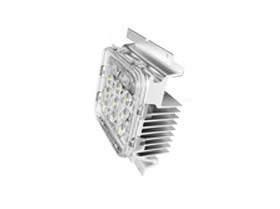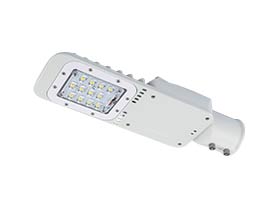Types and Advantages of Tunnel Lighting System
With the development of the concept of energy conservation, emission reduction, green and sustainable development, the tunnel lighting industry has long been plagued by issues such as excessive lighting and huge electricity waste. Excessive lighting can consume up to 50% to 90% of energy. With the development of LED lighting, intelligent and stepless control of the lighting brightness has become a reality. The development of LED tunnel lighting energy-saving control systems has received widespread attention. Currently, there are three main types of lighting systems in the tunnel lighting control system. What are the advantages of each?
Centralized control system for LED tunnel lighting
This is a common method of control, in which the entire lighting system is managed by a computer, serving as the central processing unit of the system. The advantage of a centralized control system is that it can fully utilize the centrality of management decisions. However, the drawback is that once the central computer fails, the entire lighting system will be paralyzed, which can easily lead to tunnel traffic accidents.
Since the number of control points in short tunnels is small, and the cost of equipping a full set of control facilities is high, the central control room can control and manage the lighting facilities to reduce investment.
Distributed control system for LED tunnel lighting
It is characterized by the fact that distributed control is adapted to distributed control objects - tunnel lighting facilities. Centralized monitoring and operation are used to achieve the goal of overall control, with high stability, reliability and scalability.
The advantage of the distributed control system is that each control part is relatively independent, and the failure of one part does not affect other parts, and the system can still operate. This control system has the characteristics of decentralized control, centralized operation, hierarchical management, flexible configuration, and convenient configuration.
Fieldbus control system for LED tunnel lighting
This is the result of the development of distributed control systems towards full-digitization. A fieldbus is a digital, serial, multipoint communication data bus between field devices installed in the manufacturing or processing area and automatic control devices in the control room.
Different from DCS, the output (or input) signals of these field devices are digital signals rather than traditional analog signals. Fieldbus control technology replaces analog signals with digital signals, and a large amount of on-site detection and control information is collected, processed and used on-site. Many control functions have been moved from the control room to on-site equipment. This not only simplifies system integration and maintenance, but also further improves the reliability of the system.
 English
English  العربية
العربية  中文
中文
 Deutsch
Deutsch
 Türkçe
Türkçe

 日本語
日本語


